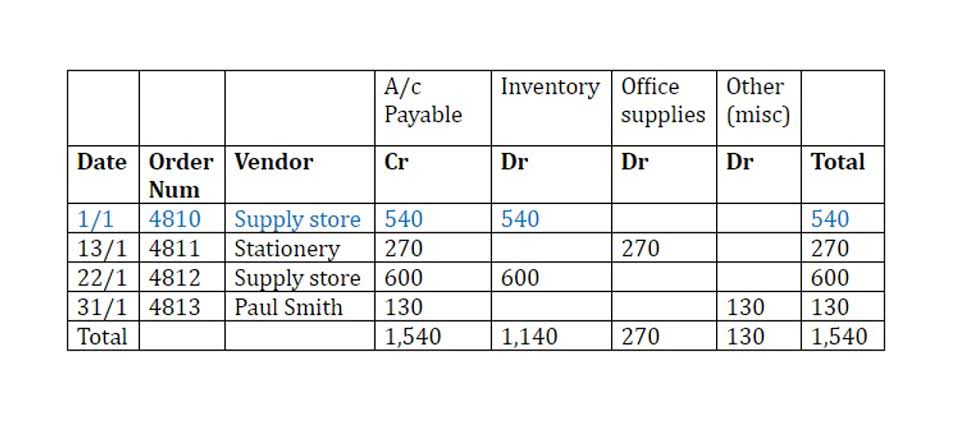
Situations like this are very difficult to pull out of, but can be prevented by monitoring Readily Available Net Assets along the way. Through these funds, the organizations can pay off their current expenses unrestricted net assets as well as look around for other programs or projects that might exist. Understanding how to handle these funds can significantly impact a nonprofit’s operations and reporting accuracy. It turns out that Todd, our board member who wants to understand the organization’s liquidity, needs to understand the entire balance sheet. As your organization grows, notice if the value of your Readily Available Net Assets is growing at a comparable rate. If your Readily Available Net Assets decreases, is there a specific “investment” made by your organization that explains the decrease?
The Impact of Unrestricted Net Assets on Long-Term Stability

The first thing you may notice is that non-profits call their financial statements different names than for-profit companies. Generally accepted accounting principles (GAAP) call for an organization’s net assets to be classified as “with” or “without” donor restrictions. Net assets were formerly presented as unrestricted, temporarily restricted, or permanently restricted.
Statement of Revenues, Expenditures, and Changes in Fund Balances

Another critical element is the Statement of Cash Flows, which details the cash inflows and outflows from operating, investing, and financing activities. This statement helps stakeholders understand the liquidity and financial flexibility of the organization. This dual categorization provides insights into how efficiently the organization is using its resources to achieve its mission. In these cases, the donation is recorded normal balance as temporarily restricted contribution revenues on the statement of activities and will appear as an asset on the statement of financial position. If you have any permanently restricted net assets, subtract the corresponding investment balances first.
Advance Your Accounting and Bookkeeping Career
A restricted net asset may even be a burden to the organization that receives it. For example, an organization devoted to animal rescue may receive a restricted donation to be spent on the care and feeding of crocodiles. If the organization has no facilities or skilled staff devoted to crocodiles, it may be forced to spend more than the amount donated in order to fulfill the terms of the bequest. It wouldn’t be fair to subtract fixed assets from the equation in step two if you didn’t get to add the related liabilities back in.
- Donors may specify that their contributions be used within a certain period, such as a fiscal year or a multi-year grant cycle.
- During this time, the nonprofit must track and report on the use of these funds to ensure compliance with the donor’s stipulations.
- The sum of these three classifications of net assets gives the total net assets for the non-profit.
- The typical nonprofit entity structures its fund raising activities to encourage donors to make unrestricted asset donations.
- They serve as a reserve that can be utilized to cover operational costs, invest in growth opportunities, or weather unforeseen challenges.
- When funds are reclassified, they are typically reported as revenue in the unrestricted net assets section.
- These assets provide flexibility and serve as a financial cushion, enabling organizations to weather unexpected challenges, invest in growth opportunities, and fulfill their mission effectively.
- Permanently restricted assets often come in the form of a fund that must be maintained indefinitely, with the income generated by its investment to be used for a particular purpose.
This flexibility is particularly valuable for covering operational costs, unexpected expenses, or new initiatives. Unrestricted funds can be generated through general donations, fundraising events, or revenue from services provided. The ability to use these funds without restriction enables nonprofits to respond swiftly to changing circumstances and opportunities, making them a vital component of financial stability. Navigating the accounting standards for restricted net assets is a fundamental aspect of nonprofit financial management.

In either case, the stock itself would be accounted for as a permanently restricted net asset. Imagine a potential donor considering contributing to a charitable organization. They are more likely to donate if they see that the organization has a healthy level of unrestricted net law firm chart of accounts assets, as it indicates their ability to effectively utilize funds for their intended purpose.

When it comes to understanding the financial health and sustainability of an organization, one crucial aspect to consider is its unrestricted net assets. Unrestricted net assets represent the portion of an organization’s resources that are not subject to donor-imposed restrictions and can be used for any purpose deemed necessary by the organization. These assets provide flexibility and serve as a measure of an organization’s financial stability. All organizations need systems in place to record financial transactions and report their activities.